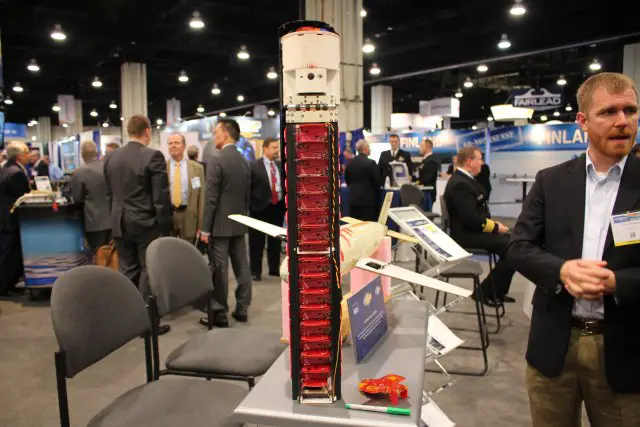The Close-In Covert autonomous Disposable Aircraft (CICADA) mk5 is the smallest, simplest, and lowest-cost air vehicle that can precision-emplace a sensor on the battlefield. The CICADA mk5 is primarily an autopilot and lifting surface printed circuit board (PCB), and a 3D component mounted printed fuselage. This multi-purpose airframe/avionics implementation allows robotic assembly and reduces human touch-time, leading to a reduction in per-vehicle cost. Novel construction methods enable rapid manufacture of high-quantity, low-cost, and rugged micro air vehicle.
NRL developed a custom autopilot and controller for the CICADA for low cost and high robustness. The autopilot recovers from tumbling maneuveurs after air-launch, proven through 200+ flights of the mk5, including in 40kt winds. Average landing accuracy is +-5m away from a 85m orbit radius. Each CICADA carries MEMS-based pressure, temperature, and humidity sensors, and estimates the vertical wind profile during its descent. Efforts to quantify the sensors quality are ongoing.
Two RF options have been developed for CICADA. A cell-phone modem and unique phone nuber provides data after landing via a stream of sms messages. Alternaly, a line-of-sight mesh network radio provides real-time telemetry up to about 5000ft slant-range using omni-directional antennas. A custom launch canister has been developed based on the Navy-standard Size-A and Size-G sonobuoy canister. The configuration design of the CICADA mk5 allows stacking of 32 aircraft in a single Size-A or 10 aircraft in a Size-G canister for mass-deployment.
 CICADA custom launch canister
CICADA custom launch canister CICADA custom launch canister
CICADA custom launch canister